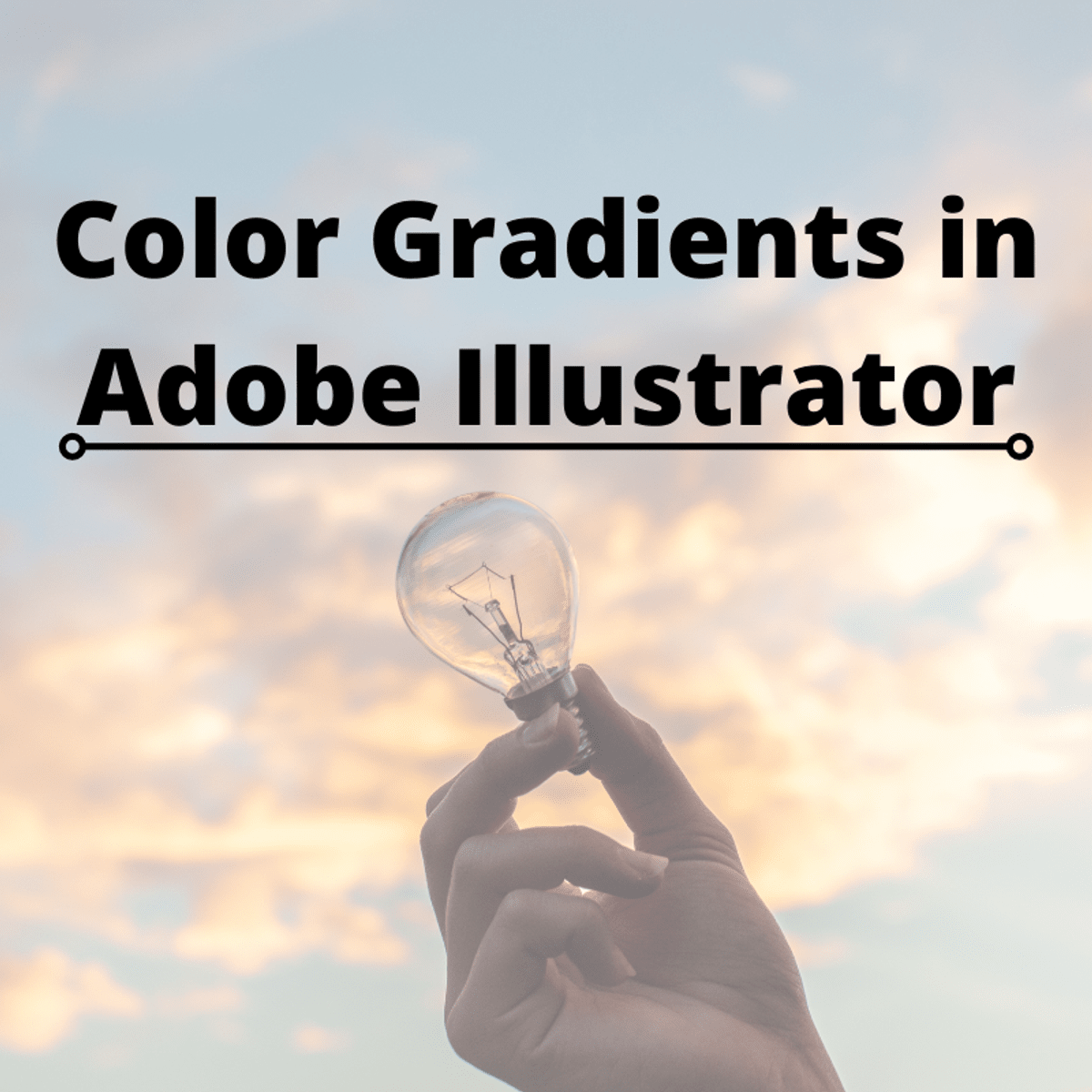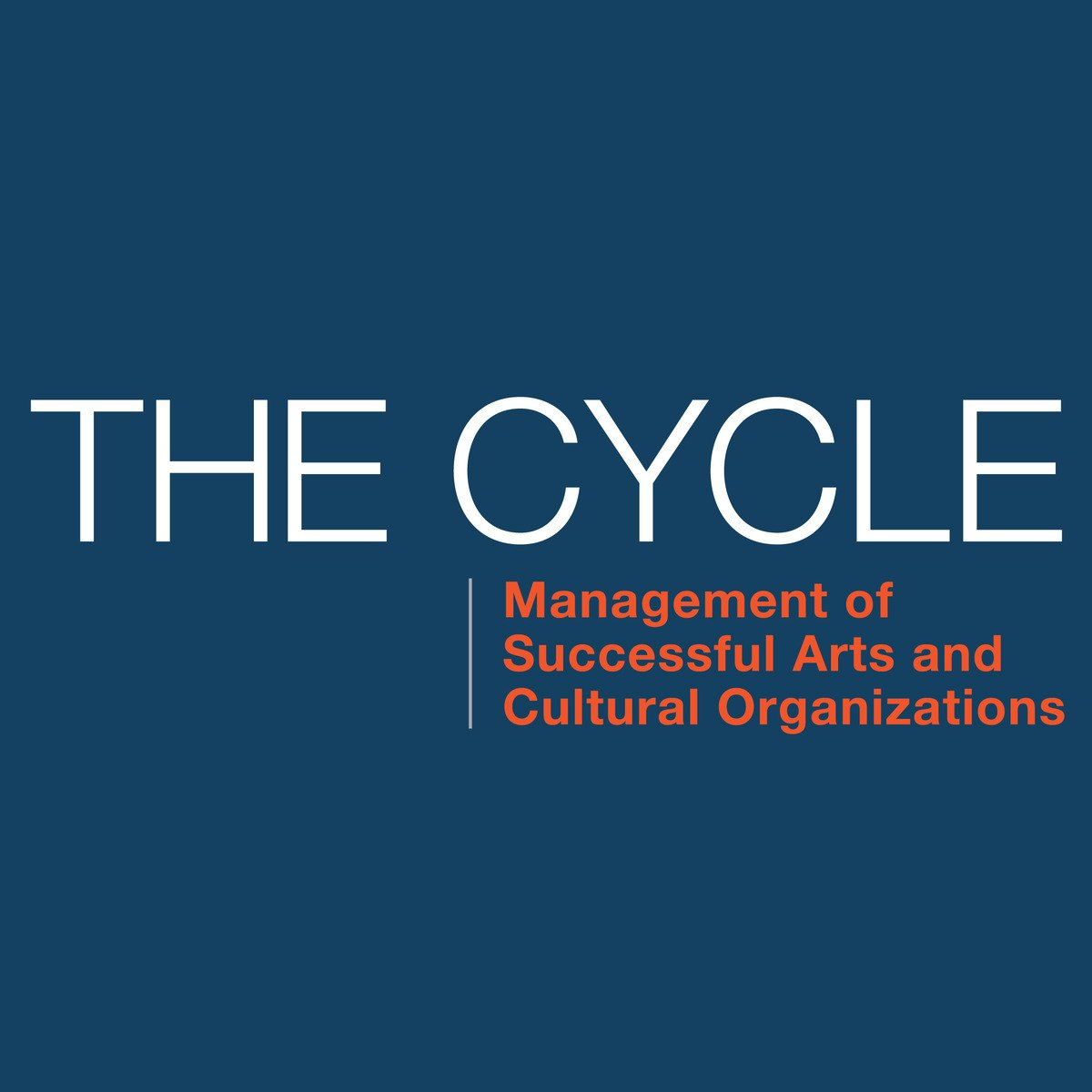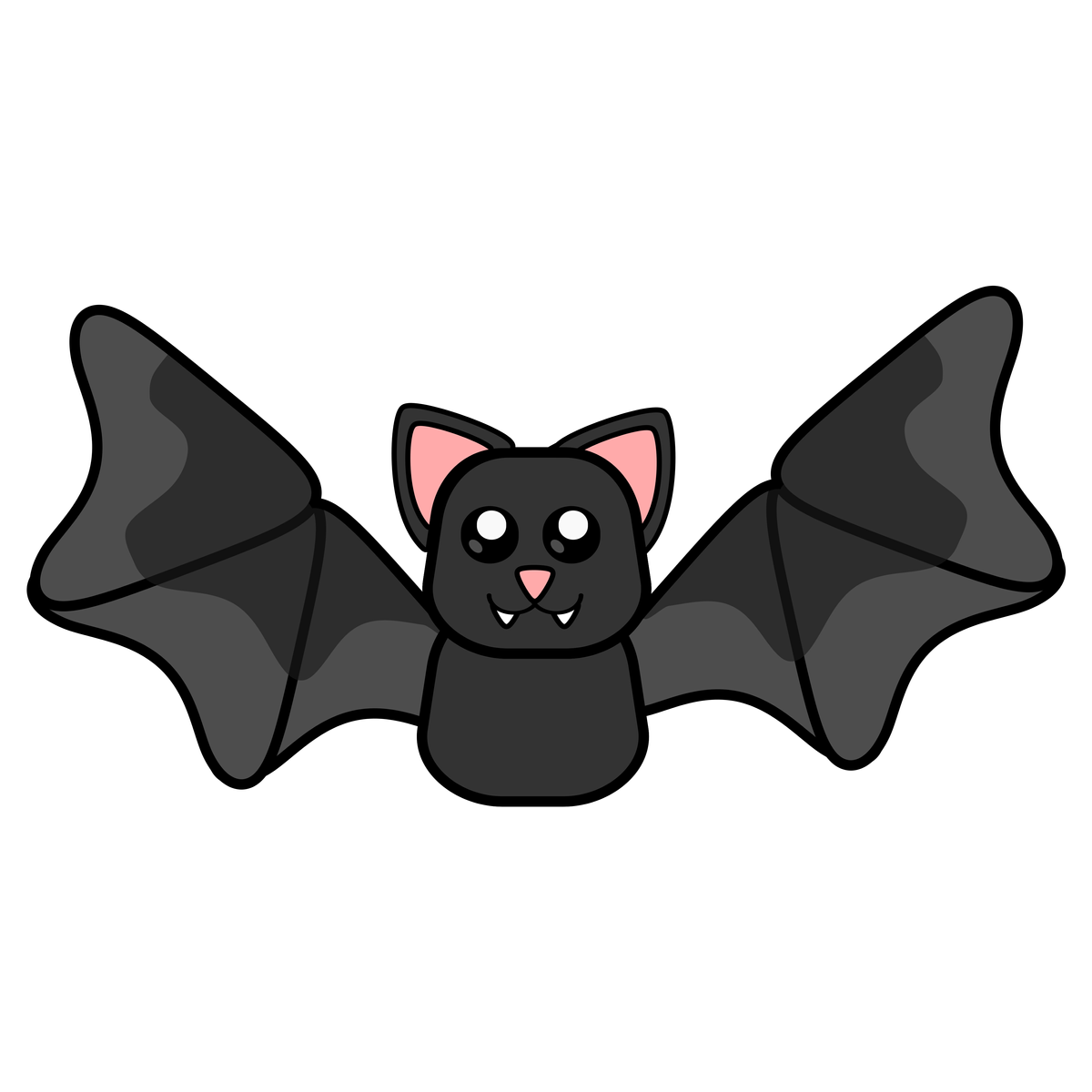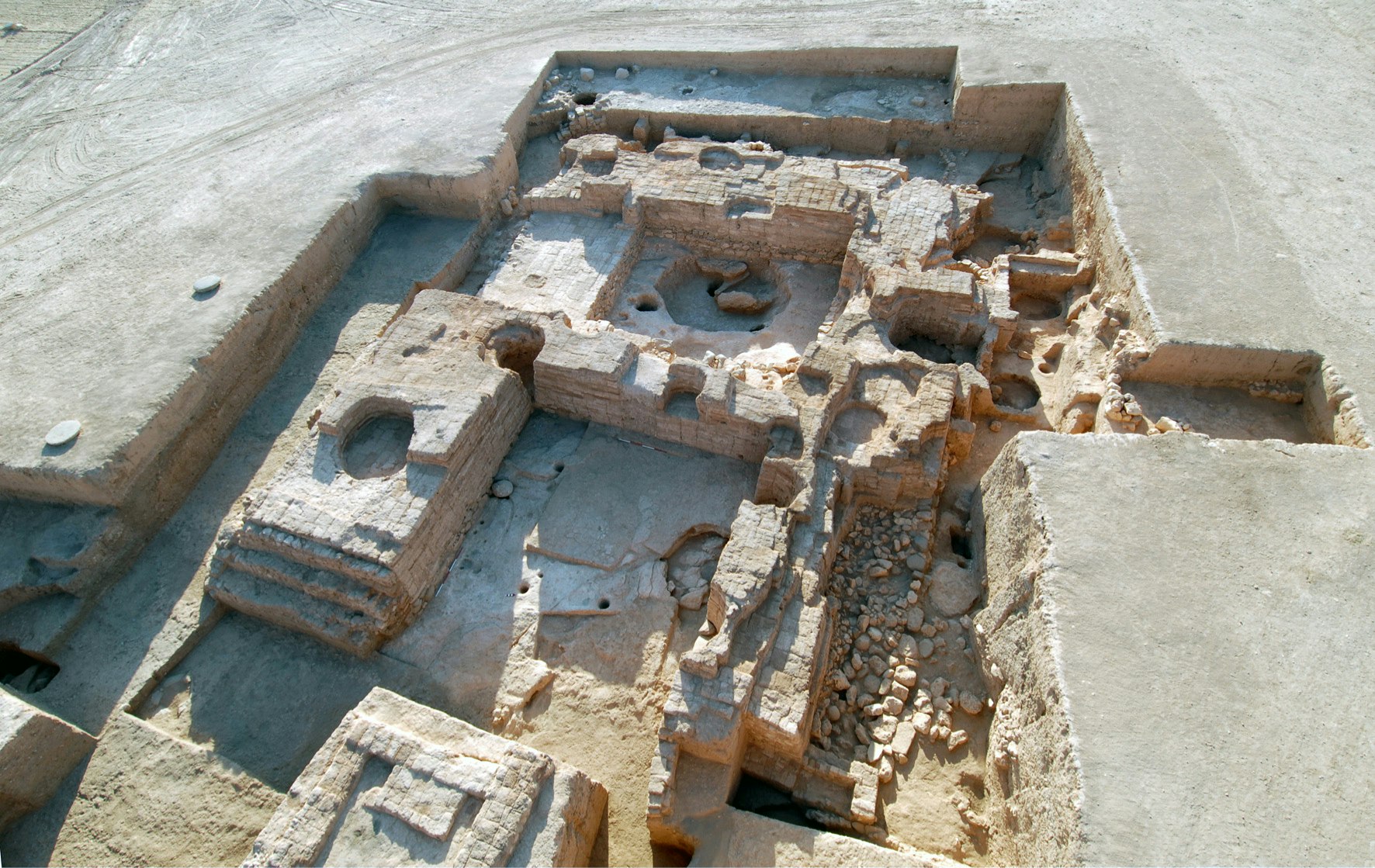Back to Courses






Music And Art Courses - Page 26
Showing results 251-257 of 257

Create Geometric Vector Patterns with Inkscape
By the end of this project, you will be able to build geometric designs in Inkscape. You’ll build beautiful and complex shapes that can be expanded, resized, and duplicated without losing image quality. You can use these patterns as backgrounds, parts of logos, and as a foundation for all kinds of digital uses.
To create your geometric designs, you will practice working with vector graphics tools in Inkscape, including object tools, the interpolate extension, and the transform panel.
To build these skills, you’ll start by creating a basic vector object, then add increasing levels of complexity to create a mesmerizing vector pattern in Inkscape.
Note: This course works best for learners who are based in the North America region. We’re currently working on providing the same experience in other regions.

Getting Started with Essay Writing
Course 2: Getting Started with Essay Writing
This is the second course in the Academic English: Writing specialization. By introducing you to three types of academic essays, this course will especially help prepare you for work in college classes, but anyone who wants to improve his or her writing skills can benefit from this course.
After completing this course, you will be able to:
- create effective thesis statements for your essays
- plan and write compare/contrast, cause/effect, and argument essays
- write well-developed body paragraphs
Note: The lectures and practice activities are available for free, but you must upgrade to the pay version in order to take the quizzes and get feedback on writing assignments.

How to Create Color Gradients in Adobe Illustrator
By the end of this project, you would be able to create color gradients in Adobe Illustrator. This is an awesome tool to make your graphics in your way. During this project, we are going to learn how to combine shapes and create a design with them. We will be working on three complete figures so that you can practice and learn about the whole process of creation, apply color, and combine gradients to enjoy how they can be assigned to different creations. You must have on hand, your access to Adobe Cloud, Adobe Illustrator, updated and up to date so that this does not create problems in the process of practicing and creating your content. Important, if you have never had previous training in this application, I want to remind you that this training is an intermediate-advanced level, therefore, you must know basic Illustrator tools so that you can handle what we will be working on in this course.
In the first part of the project, we will begin to create our figures, we will add color to them, and we will be playing with the options available of color gradients, to understand how they can be assigned to the shapes, forms, or complete arts in Adobe Illustrator. We will also see how they expand, shrink, copy, or regenerate different shapes in case you want to make more complex shapes, but within the intermediate training process. After completing this training, you will be able to assign color gradients to your artwork and it will allow you to create your logo or design. It is a very useful and useful tool for everything that has to do with graphic design. Let's get started!

The Cycle: Management of Successful Arts and Cultural Organizations
What makes a successful arts and cultural organization? Led by DeVos Institute Chairman Michael M. Kaiser and President Brett Egan, this course will introduce you to a management theory called the Cycle which supports thriving arts and cultural organizations. Learning from our work with managers from over 80 countries around the world, the DeVos Institute developed the Cycle as a simple, but powerful tool to assist managers in their effort to respond to an increasingly complex environment and propel their institutions to excellence.
The Cycle explains how great art and strong marketing can create a family of supporters, who in turn help the organization produce the revenue required to support even more great art the next year. The Institute has seen the Cycle work in performing and presenting organizations, as well as museums, arts schools, and other nonprofit endeavors like service organizations, historical societies, public libraries, university programs, advocacy organizations, botanical gardens, and zoos.
By taking this course, you will learn:
• the importance of bold, exciting, and mission-driven programming in an organization;
• how long-term artistic planning can help an organization produce this work;
• how an organization can aggressively market that programming and the institution behind it to develop a family of supporters - including ticket buyers, board members, donors, trustees and volunteers;
• how an organization can cultivate and steward this family to build a healthy base of earned and contributed income; and
• how an organization can reinvest that income into increasingly ambitious programming year after year.
All course material is available upon enrollment for self-paced learners. New scheduled sessions begin each month.
For more information about the DeVos Institute's work, visit www.DeVosInstitute.umd.edu.

Create Emotes with Inkscape
By the end of this project, you’ll be able to create emotes, images that you can use in chat messages to quickly convey an emotion, an idea, and often a brand. You’ll build an emote that meets the current Twitch guidelines, and you’ll create that emote in Inkscape, a free, open-source program that creates vector graphics. Because what you create in Inkscape is vector-based, those images can be quickly resized and tend to have clear, bold colors and shapes. So vector graphics make great emotes. They can also be resized and edited quickly—and they’ll stay clear and sharp even after the changes.
During this project, you’ll build an emote out of basic and complex vector objects and paths. First, you’ll practice researching icon requirements and prepare the Inkscape workspace to create emotes. Then you’ll create two different kinds of emotes: a cartoon bat emote, step by step, starting with basic shapes and then using Inscape’s editing and path commands to create complex combinations of shapes.
By the end of the project, you’ll be comfortable planning and creating emotes for use in Twitch chat.
Note: This course works best for learners who are based in the North America region. We’re currently working on providing the same experience in other regions.

Guitar Scales and Chord Progressions
You’ve got the guitar basics down: You can strum your guitar and play a few of your favorite songs, but you’re ready to take the tunes to the next level. In Guitar Scales and Chord Progressions you’ll expand your knowledge of scales, chord fingerings, and common chord progressions. You’ll also learn important skills for soloing, creating melodies, and adding depth and dimension to your guitar playing.
This course is not only for the aspiring guitarist who has taken Berklee’s Guitar for Beginners, but also for guitarists who have let their six-string gather dust for too long, and want to brush up on techniques.
Each lesson covers the four basic aspects you’ll need to sharpen your guitar chops: scales, arpeggios, chord progressions, and rhythm. Amanda’s practical approach to learning these important elements is fun and helps you to use what you’re learning and practicing in a real musical setting. You’ll improve your playing and creativity, whether it be as a singer-songwriter, a guitarist accompanying a singer, or a player in the band. By the end of this course, you’ll be more comfortable playing throughout the neck, and you’ll gain a better understanding of chord structure and how each chord relates to tonal centers or keys. You’ll also be able to solo and improvise by playing simple lead guitar lines based on the minor pentatonic scale. Whether your preference is for acoustic or electric, the curriculum is designed to turn you into a real guitarist.

Recovering the Humankind's Past and Saving the Universal Heritage
Archaeology is, among human sciences, the discipline with the strongest importance for the rediscovery, but also for the preservation and protection of cultural heritage, as Humankind’s universal patrimony. You will be introduced to the way we ourselves reflect on and are engaged with the study of human past: from the practical and material recovery of ancient traces in the field to the study and interpretation. On the other hand, the discovery of human past implies the correct conservation and presentation for both experts and general public: the study and protection of the past we share every day prevent from any possible destruction, misuse, abuse and thus cancellation of human memory.
“Recovering the Humankind's Past and Saving the Universal Heritage” presents to a large public Archaeology as a historical discipline: through an inter-disciplinary perspective you will follow the evolution and change of archaeology to the moment when natural sciences contributed to make the historical reconstructions scientifically sound; the aid of informatics and of virtual reconstructions gives new fascination to the already strong suggestion of Archaeology, as the discipline of discovery par excellence. Within this frame, Ebla, which is the glory of the Sapienza school of Oriental archaeology, will have an exemplary meaning in the course development as a long lasting experience on the field and an excellent example of the scientific results of combined researches and disciplines.
Moreover, the course will focus on actual, innovative instruments to preserve, monitor and give value to cultural heritage through a multidisciplinary approach, based on a deep archaeological and historical knowledge but also on ICT technologies. The wide adoption of ICT technologies in our daily life is also impacting in the way in which we interact with our cultural heritage in particular in terms of preservation and dissemination of cultural objects.
In this course you will learn the basic techniques to digitize cultural objects and obtain 3D digital copies of a physical objects such as statues, vases or archaeological sites. We will also discuss how to structure the raw data in order to facilitate and make effective the access to digital contents. In particular, we will present the European Data Model, a framework for collecting, connecting and enriching data on cultural objects provided by a number of museum, archives, sites and libraries in Europe.
Popular Internships and Jobs by Categories
Find Jobs & Internships
Browse
© 2024 BoostGrad | All rights reserved